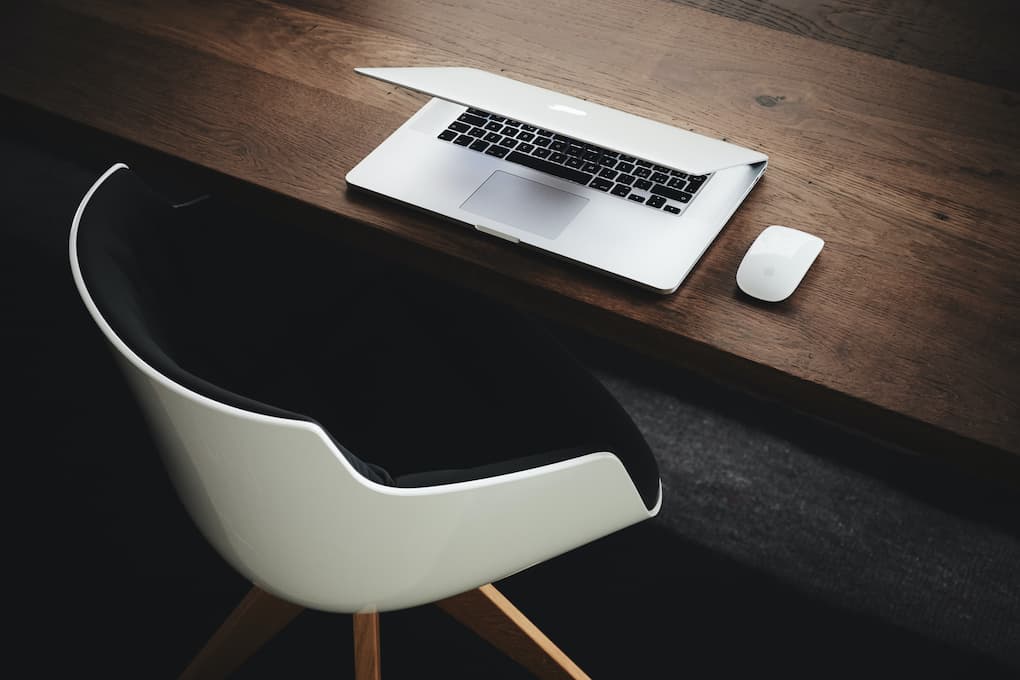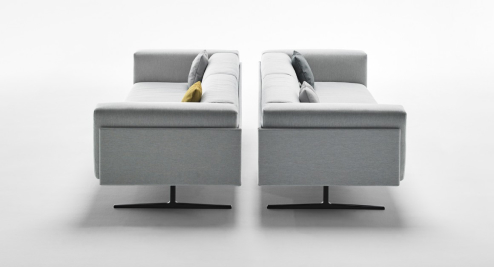

How to Choose an Office Desk: Ultimate Guide



Most workplaces revolve around a desk. You’ll probably spend most of your day working at one. It is rational, therefore, to spend some time setting out your best possible workstation. Here’s what you should keep in mind when looking for the ideal desk for your workplace:
How to Choose a Desk for Your Office
While everyone has their own preferences in terms of aesthetics and style, below are some common factors that you must consider when selecting the perfect desk for your office:
Your Work Dynamic
One must first think about the purpose for which the desk will be used. Do you typically use a computer for work? Is there a lot of paperwork involved in your role? Maybe it’s a mix of both. Determine the best office desk setup for you by first identifying your preferred working style. Based on this, you can be certain that the desk you choose will be functional for the way you work.
Architecture
You can choose from a bunch of desk layouts to best suit your needs. Make sure you choose good office desks and arrangement types that are suitable for your ergonomics since you’ll be sitting at your desk for prolonged periods. Standing next to your desk while holding your arm at a right angle is a simple way to find the right height for you. Your desk is at the right height if your hand can rest comfortably on it. You should also think about the ergonomics of the chairs you’ll be using in your office. L-shaped, U-shaped, corner, and centrally located desks are all possible configurations for an office.
The Available Space
Your options for a work office desk will be further constrained by how much room you have available. Where do you work? — from a spacious office or a cozy apartment? For your pleasure, both scenarios can provide a ton of alternatives. Executive desks are ideal for a large workplace, while smaller desks are more suitable for a compact setting. Think about the space you’ll need with the other furniture you’ll be adding to the room.
The Material
Consider your preferred method of working and choose the material for your desk accordingly. Laminate wood, metal/steel, hardwood, and glass are some of the different types of desk materials used. A solid wood desk is ideal for tasks that require you to exert physical force on the surface. When working with a computer, though, a modern desk made of metal or glass is preferable.
What Makes a Good Desk Setup?
Your desk setup can make or break your efforts at improving productivity at work. The ideal desk arrangement is one that looks good but also helps you maintain the attention, motivation, and creative spark you need to execute your tasks and coordinate with your colleagues.
Adopt an Ergonomic Design
Ergonomic layouts of workspaces have been proven to increase productivity. Make sure the tools you choose are tailored to your working style and health requirements. You shouldn’t have to strain your back or legs while working, so make sure your desk is at the right height and that your office chair is cushioned. Your computer monitor and laptop screen should also be at eye level, so you shouldn’t have to stoop down to use them. These additions to your setup may help assure a productive workday:
Desks with Storage Compartments
An office desk for business usage may do wonders for your efficiency. Ideally, your desk will be adjustable to your height and include a pad to place your gadgets on. The perfect fit may be elusive, but with a little tweaking, you can get it. The desk needs to include drawers and shelves for stashing things.
Comfortable Seating
To avoid health problems, invest in an ergonomically designed chair. There should be a padded headrest, arm, and footrest and as well as back support that can be adjusted and wheels so the chair can be moved easily across smooth floors. Go for a chair with a depth-adjustable seat cushion.
Ample Lighting
The best alternative to natural sunlight is a desk lamp. Minimize visual fatigue with the help of a desk lamp, which illuminates your work area without casting harsh light. A table light is a great investment if you spend long hours at your desk or if you just want to keep things simple.
Organizers/Shelves
A functional desk must include at least one above-storage shelf. It not only helps keep your desk neat and tidy, but it also gives off an impression of professionalism. Books, devices, stationery, plants, and personal belongings will all need a place to be kept in the form of an overhead shelf.
Office Plants
Add some greenery to your office setup and watch your mood, concentration, and performance soar. Being around plants reduces anxiety and tension. Plants increase humidity and purify the air, which works like aromatherapy in your space, just to name a few of their many healing properties. They also add to the aesthetic value of the space.
What Should I Consider in a Desk?
Look for the Proper Size
Consider the dimensions of your workspace before deciding on buying a desk for it. It will be difficult to fit other types of office equipment, such as filing cabinets and garbage cans, around it if your desk is too large. Likewise, you may find yourself in need of more space if your desk is too small.
Check for a Tray for Your Keyboard and Mouse
Office desks that include a pull-out tray for a computer are a great option for those who often use both their desk and their computer. Keyboard and mouse placement in the same area as the computer display might cause muscle fatigue and discomfort for the user. Extending your arms and wrists forces you to look down at an odd angle, putting pressure on your neck and eyes as well as your wrists and arms.
Consider the Desk’s Durability
It’s possible to have the same desk for the rest of your working years if you invest in a high-quality one. However, not every desk built for the workplace can withstand heavy use. Some are manufactured with low-quality materials and lack durability, so they wear out quickly. If you don’t spend some time looking for a sturdy desk, you’ll have to spend additional money replacing it before long.
Explore Your Storage Options
When looking for types of desk options for the workplace, storage space is an important factor to consider. Most workstations in an office include drawers or shelves for extra supplies; however, standing and compact desks are exceptions. If you work in an office, you know the value of having a place to put things away. You’ll need a place to keep all the usual office supplies, from invoices and receipts to pencils and printing paper. You may save money by choosing an office desk that includes built-in shelving or drawers instead of buying extra furniture.
Always Read the Warranty Terms
You should never buy a desk for your workplace without first reading the warranty policy. When a product comes with a longer warranty, it means the maker has faith in its durability and reliability. There is a high probability that a desk bought for an office may wear down during the validity period or even sooner if no warranty is provided at all. It’s fair to believe that a desk with a warranty of ten years or more is of high quality. The manufacturers will fix or consider replacing the desk at no cost if it malfunctions, cracks, or breaks during this time period.
Office Desk Height
A desk’s height is just as crucial as its length, breadth, and thickness. A survey found that most office personnel were comfortable with a desk that was between 28 and 30 inches high. Thus, a desk’s height should be adjusted so that its top is anywhere between 28 and 30 inches from the base. How does it make a difference how high a desk is? It could be uncomfortable if it is too high or just too short. A short desk won’t give your legs enough room to spread out, while a tall desk will strain your neck and shoulders as you lift your arm to type and look at the screen. Avoid these problems by purchasing a desk with the recommended dimensions.
However, remember that there are both stationary and height-adjustable desks for the office to choose from. The latter kind can have its height modified by being lifted or lowered from the floor, while the ones with fixed heights cannot be adjusted.
Conclusion
We hope that this article has helped you define your criteria for the ideal desk. However, with the numerous choices available, how do you pick the right one for your office? Contact Offispace Furniture Solutions, a company that offers superior quality office desk solutions with modern design technology, to help you decide on the perfect desk setup for your needs.
